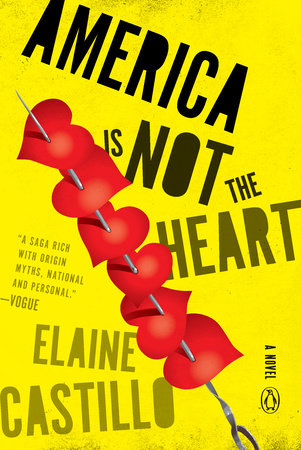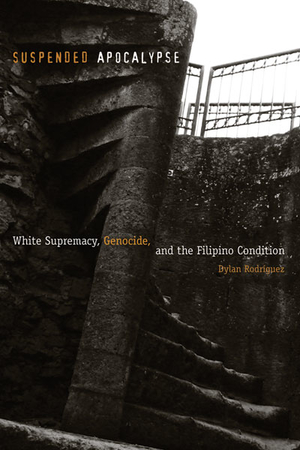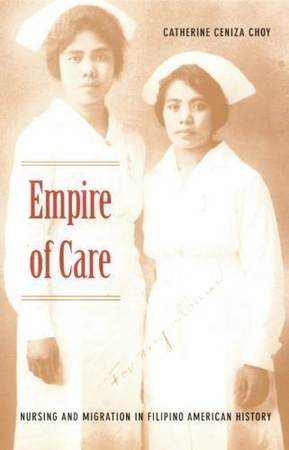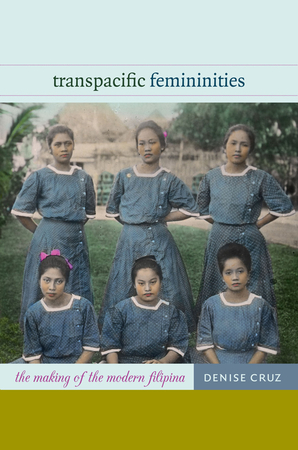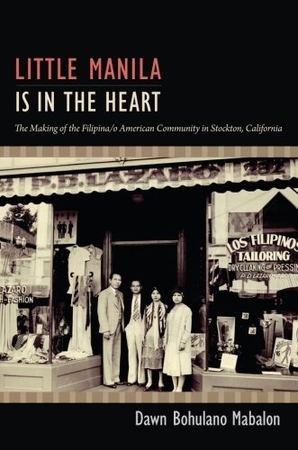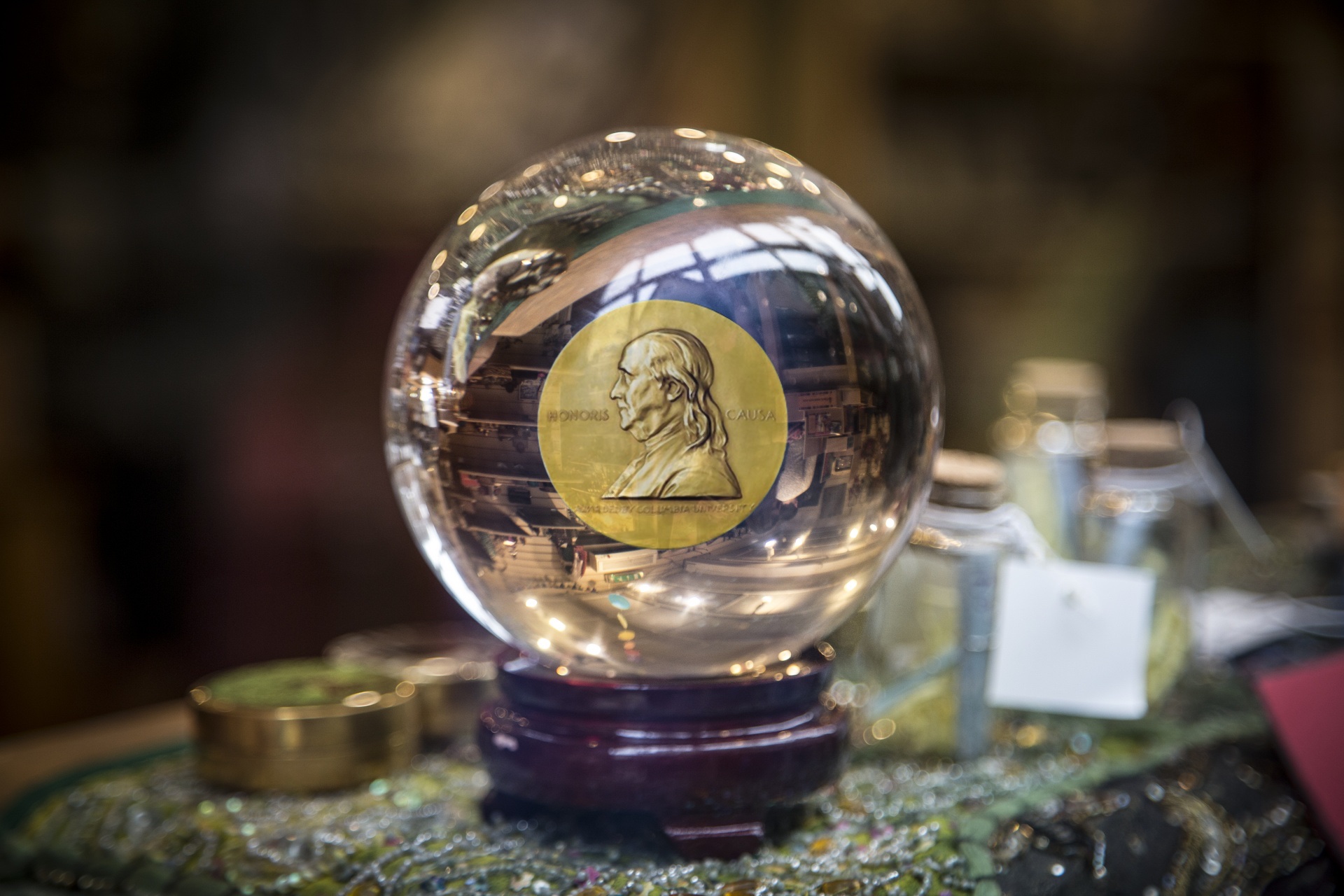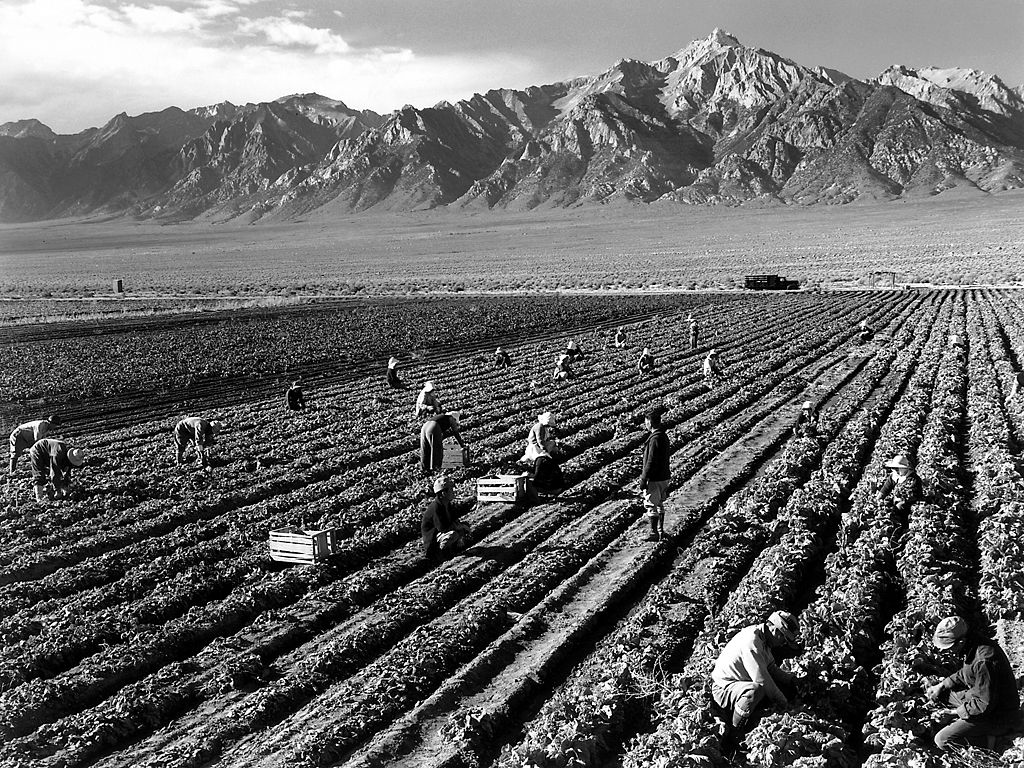Reading Lists
7 Non-Fiction Books About Filipinx America by Pinoy Writers
Elaine Castillo, author of "America Is Not the Heart," recommends books about Filipinx American history
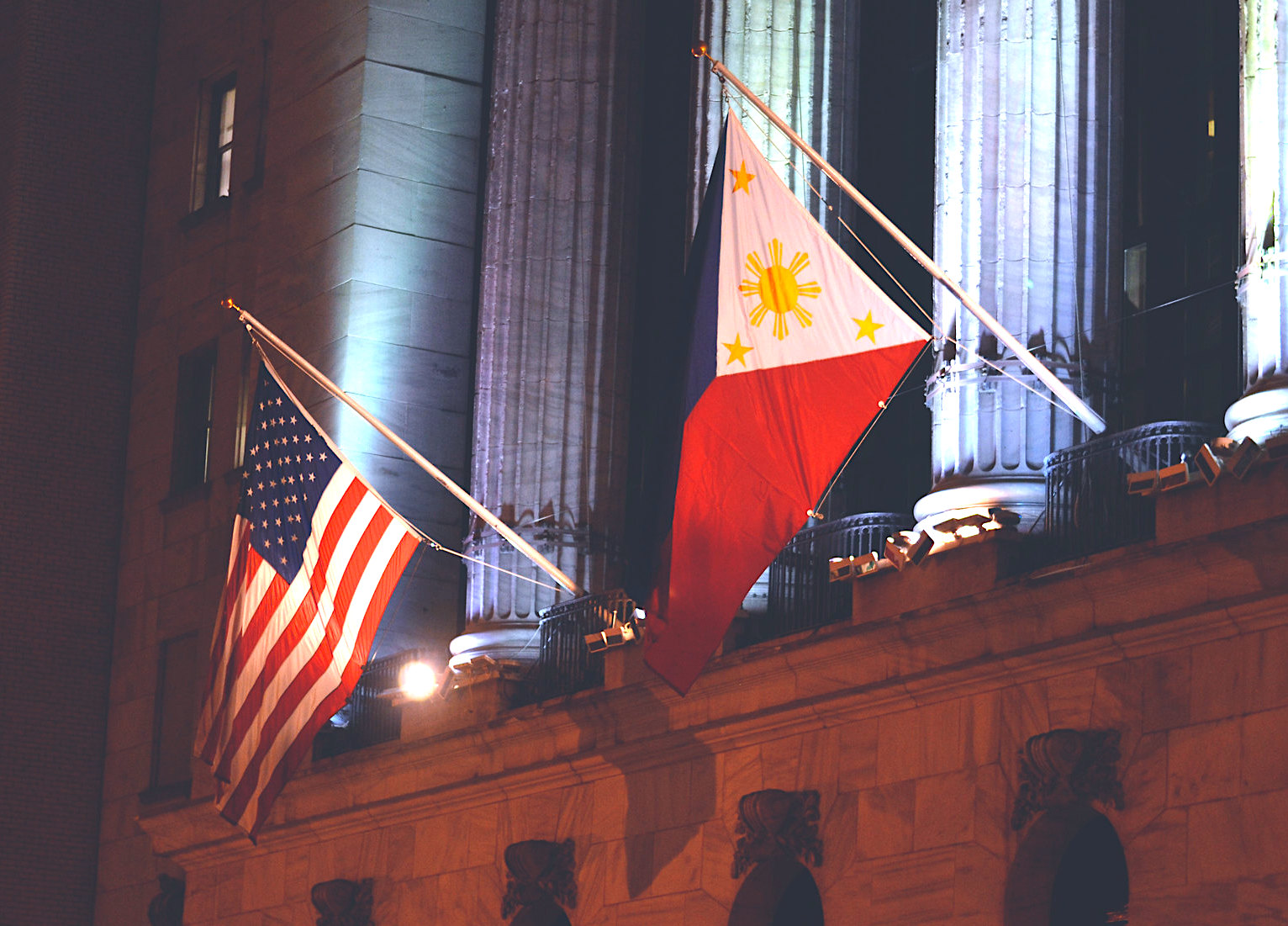
“The supremacy of the United States must and will be enforced throughout every part of the archipelago, and those who resist it can accomplish no end other than their own ruin.”
Issued to the Philippines in 1899, The Proclamation of the U.S. Commission Towards Conciliation and the Establishment of Peace is about as true to its name as Operation Enduring Freedom. The sentence above was the commission’s first principle. Less than a month later, the Philippine-American War began, and that conflict—that insurrection—would irrevocably shape the future of both countries. A definitive record of Filipinos killed during the war is difficult to ascertain; the number ranges anywhere between 200,000 to 1.4 million (the politics of the census are complicated when so many on one side of a war have been massacred). Waterboarding was first used by American soldiers in the Philippines as a form of torture during this period. Even Mark Twain understood that American imperialism in the Philippines was a genocidal project: “There must be two Americas: one that sets the captive free, and one that takes a once-captive’s new freedom away from him, and picks a quarrel with him with nothing to found it on; then kills him to get his land.”
This was a war that established America as a global empire—the strategies used on Filipinos had already been implemented to devastating effect on Native American populations during the Plains Indians Wars—and yet somehow it remains a ghostly presence, a blip, in the annals of American history, not to mention mainstream contemporary American memory.
Fiction writers are often expected to address such absences. And while there are wonderful novels and fiction authors who do just that—most notably Gina Apostol in her most recent book, the searing and kaleidoscopic Insurrecto—I know that I’ve also had discussions with fellow fiction writers, especially writers of color and immigrant writers, who often point out the sometimes frustrating consequences of being expected to use your fiction as a platform to educate the wider American public about a historical lacuna.
And I get it: there’s a particular vitality to fiction that makes the past come alive, when an author manages to turn a fact about war into flesh and blood. But sometimes the assumption that we should go to writers of color to learn about forgotten history can often mean we end up instrumentalizing those writers and their art for the ethnographic value they bring to us. The divide often then results in readers going to minority writers to learn the particular, and going to white writers to feel the universal. Certainly many of the literary panels I’ve seen or been on during the year I’ve been on tour have been organized thematically in just this way.
I don’t mean to suggest that writers of color be less politicized in their reception—we’re political, historical and emotional animals and those material facts of our being will inevitably find their way into our fictions. But that logic should be applied equally to all artists. I would love to see a panel about identity consisting of entirely middle-class writers, or a panel about women’s anger in fiction that doesn’t center white women. I would love for readers to expect more white American women writers to write fiction about why so many of them voted Trump into office. I would love a list of fiction recommendations about whiteness, for people who want to “learn more.” (I’d love to write that list, too: George Eliot’s The Mill on the Floss, one of my favorite books of all time, would definitely be on there, along with maybe Hemingway’s The Garden of Eden; obviously The Great Gatsby, or what about the entire oeuvre of Marguerite Duras?)
So below are a few of my favorite contemporary Filipinx American critics and historians from whom I, too, have gained a valuable education about the wonders and terrors of American statecraft and its rippling effects around the world, particularly the country my parents immigrated to California from—in the hopes that by expanding the list of people from whom we learn our history, we can also expand the list of people from whom we experience our art.
Suspended Apocalypse, Genocide, and the Filipino Condition by Dylan Rodriguez
This book should be required reading in American schools. It’s a rigorous and searing work of critical history, in which Rodriguez shows us how contemporary American identity and statecraft as we know it was constructed by its relationship to the Philippines—and vice versa. It connects American anti-blackness and indigenous genocide with its similar policies in the archipelago, and extrapolates that history to the modern day, with a virtuosic chapter on race and natural disaster that compares the aftermath of Hurricane Katrina to the eruption of Mt. Pinatubo in the Philippines. Often shocking, utterly indispensable.
Empire of Care: Nursing and Migration in Filipino American History by Catherine Ceniza Choy
Another absolute classic: chances are, if have ever been to a hospital of any kind, you’ve benefited from the care of a Filipinx nurse. Maybe it was my mom, or one of my aunts or cousins. Catherine Ceniza Choy traces the long history of that labor back to, you guessed it, the American colonization of the Philippines, which makes this book a vital work of American history as much as it is a cornerstone of Filipinx history, labor history, and feminist history.
Global Divas: Filipino Gay Men in the Diaspora by Martin F. Manalansan IV
Growing up, I had a godfather who was also sometimes my godmother. The way he liked to be addressed—he usually used masculine pronouns even when referring to himself as a woman, in a way that was both true to him and also indicative of the fact that gendered pronouns do not exist in Tagalog, and thus he was dealing with both gender and grammar in a second, lesser language—was akin to calling someone Uncle Jessica. Queerness in my family was present, protected, often unremarkable, and yet went hand in hand with an underlying structure of patriarchal machismo, misogyny and homophobia. How those two things could live together, often in one person, I still find difficult to articulate, even (maybe especially) as a bi woman. Books like Manalansan IV’s book help: another long-time staple that delves into the lived specifics of a subset of Filipinx queerness (in particular bakla identity; the book doesn’t focus on queer women), while also thinking through the ways race and prejudice inform and deform our desires.
Puro Arte: Filipinos on the Stages of Empire by Lucy Mae San Pablo Burns
Chances are, if you’ve ever watched The Voice or American Idol, you’ve encountered a Filipinx performer—usually singing a pitch-perfect cover of a torch song, in the vein of Celine Dion or Boyz II Men or a classic musical. Puro Arte explores the long history of Filipinx performance and connects it to the formation of Filipinx identity under U.S. imperialism—more specifically, what the book calls “imperial amnesia.” From white mobs chasing Filipino men in the 1920s era of taxi dance halls (and the accompanying fear-mongering around miscegenation and hypersexuality that historically differentiates the treatment of Filipinos from other Asian groups in America) to the phenomena of Filipina actresses starring as the Vietnamese character Kim in Miss Saigon, Puro Arte will deepen your understanding of the politics of performance—and maybe even ensure you never look at performers like Bruno Mars the same way again.
Transpacific Femininities: The Making of the Modern Filipina by Denise Cruz
A GOAT work of scholarship and criticism, with a staggeringly wide historical scope and a generous, approachable readability. Denise Cruz brings us from the colonial era to the Cold War, and gives us a much-needed feminist historicist approach to thinking about everything from national heroism, to class, colorism, and the ways in which the costs of war and empire are often borne on the bodies of women.
Little Manila Is in the Heart: The Making of the Filipina/o American Community in Stockton, California by Dawn Bohulano Mabalon
Mabalon’s sudden passing in 2018 dealt a tremendous blow to the Filipinx American community. Little Manila Is in the Heart is a much-loved masterpiece of ethnography, history and activism all at once, centering on the titular Little Manila of downtown Stockton, California. Mabalon’s writing is as sharp as it is loving and accessible, and the way she traces the community’s origins to its contemporary struggles against gentrification could be fruitfully linked to similar struggles around the country, particularly the rapidly changing Bay Area. Rest in power, Dawn.
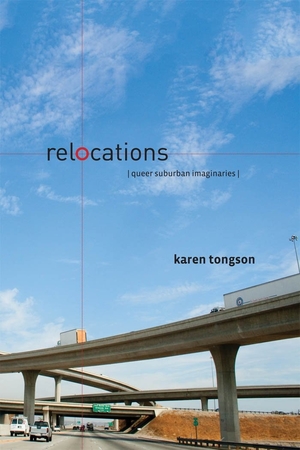
Relocations: Queer Suburban Imaginaries (Sexual Cultures) by Karen Tongson
I’m a bi suburban kid of Filipinx immigrants, and though Tongson’s book mostly covers the queer suburban imaginaries of southern California, I still feel like I recognize traces of the Bay Area I grew out of in the pages of this deeply felt work of criticism as love letter. The attention to and love for queer suburban life (and the particularities of, for example, suburban gentrification and displacement and its effects on queer lives) is what makes the work shine: it’s a much-needed antidote to both art and criticism’s focus on narratives of queer urbanity. The writing itself is elegant and singing with emotion, and Tongson understands beautifully that there is as much history (American, global, colonial, interethnic) in our strip malls as in our libraries; as much global epic drama in our garages as in our grandest theaters.




